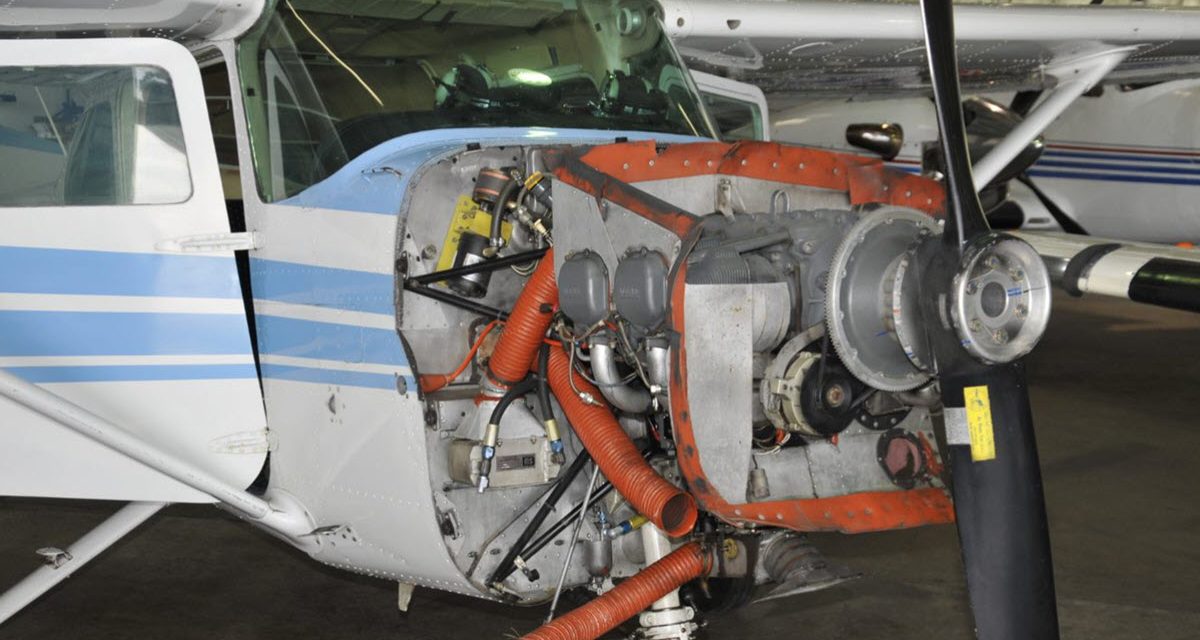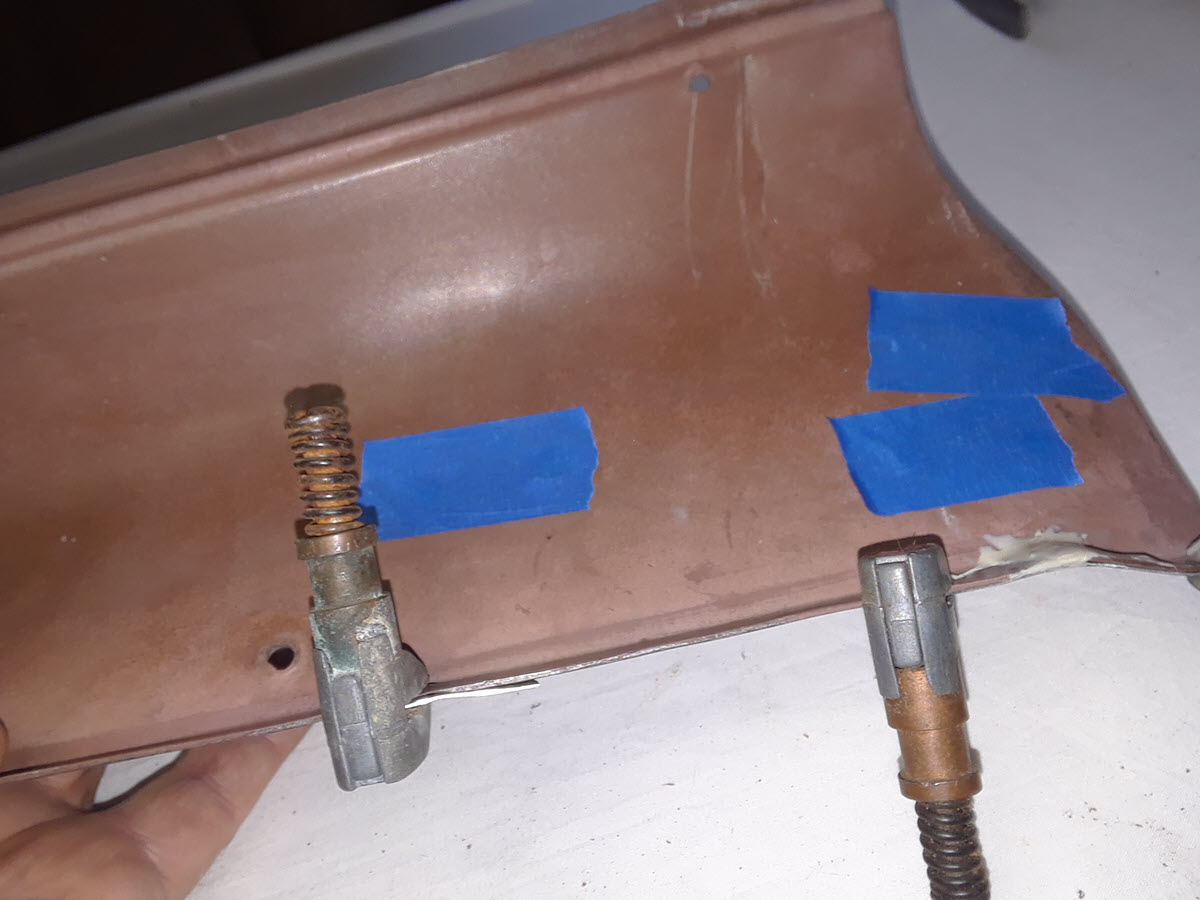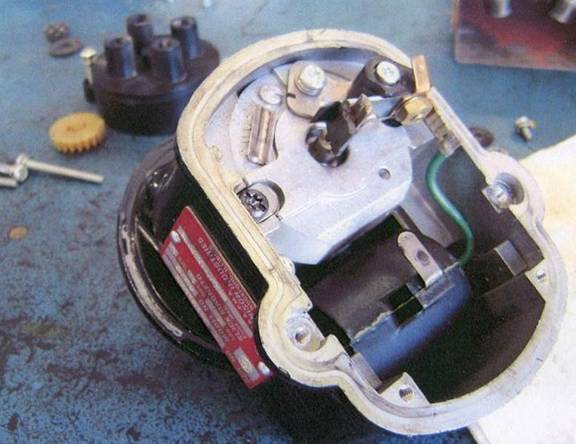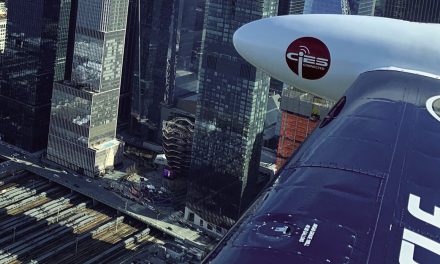1. Define the goals of your project.
Try to be honest about your technical abilities and how much you have to spend. If you’ve never done this before, you’ll want to keep your project size manageable and be frugal. If you have difficulties you could have your plane down for weeks or months while you get help. If you have difficulty after you start your project, see your A&P for advice or access the forums.
2. Purchase the parts catalog for your airplane.
This is a key item in making your project easier, accurate, safe and legal. If you don’t already have a parts manual, checkout www.eflightmanuals.com and look up your aircraft. This company has them all very economically priced at less than $50. In this manual you will find drawings of every part of your airplane with each part identified in a sidebar parts list. Here’s a hint: Some part specifications have changed over the last few decades. Cessna from time to time improves certain parts and they have a new part number. The parts manual that you purchase will be dated when your airplane was manufactured and won’t have updated parts numbers. If you have trouble finding a part number be on the lookout for a new part number.
3. Sourcing of parts.
The companies listed in the sidebars of restoration articles in Cessna Owners magazine are quality companies that supply great products. However, if you get the part number wrong and have to return one of their products you’ll run the risk of paying a sizable restocking fee in addition to shipping, as high as 25% of the purchase price. Like carpentry where you measure twice and cut once, for restoration projects double check and confirm your part numbers before placing an order. If you run into confusion call or email the supplier, check with your mechanic or other competent pilot/plane owner or use the PFA online forums. PFA recommends relying on the PFA online forums for all kinds of aviation-related information and help.
4. Order your parts.
They may show up in less than a week via the lowest cost and slowest method of shipping. It frequently happens that the vendor who said that a product was in stock actually doesn’t have it at the time you order it and that part(s) becomes back-ordered. A back-ordered part can take from a few days to a few months to arrive. It has also happened that the part specified in the parts manual is incorrect and the vendor ships the wrong part. By the time you get the right part two weeks could go by. Check each part upon arrival for part number accuracy, airplane accuracy and that the part will actually work.
5. Take photographs.
When you’re disassembling something make sure that you take plenty of detailed photographs. Later, when it’s time to reassemble you’ll have these photos to help guide you in that process.
6. Starting your project.
Don’t start your project until all of the parts have arrived and they pass the accuracy test in number four above. If you start your project before all of the parts arrive you can be down for weeks or months. And if it’s possible, check each device for quality. Heed our advice as this happens to our members frequently.
7. Go slow and never do anything twice.
Better yet, go slower. Most of the errors that occur in restoration projects are due to owner fatigue and impatience. If you are getting frustrated or the project isn’t going as well as you’d like, take a break for a few hours or overnight. It’s better to go slow and have an end result that you’re proud of. Also, don’t be in a rush to install something knowing that you’ll have to remove it and do it again later.
The rest of this article can be seen only by paid members who are logged in.Have a website login already? Log in and start reading now.
Never created a website login before? Find your Customer Number (it’s on your mailing label) and register here.
Still have questions? Contact us here.






